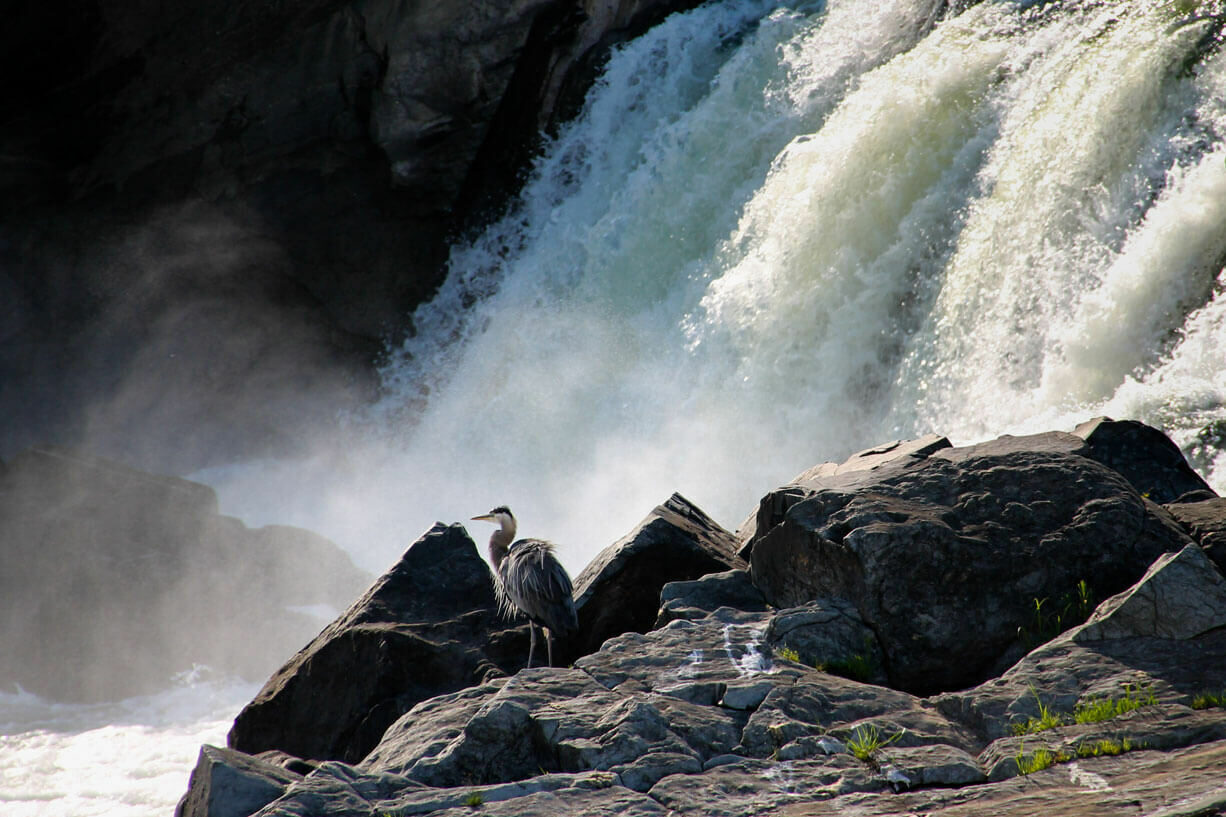Climate & Earth Systems
The Chesapeake Bay watershed encompasses 64,000 square miles across six states. While this may seem vast, the watershed is also part of much larger and interconnected Earth systems. These systems shape the weather we experience, the climate we live in, and many of the biological, physical and chemical processes that drive environmental conditions in the Bay and throughout its watershed.
Climate includes conditions in the atmosphere and ocean, and is often described in terms of the intensity, frequency and duration of severe and non-severe weather events. Current patterns in climate data show that the planet’s global surface temperature is rising due to a dramatic increase in greenhouse gases in the atmosphere over the past two centuries. Learning about this trend is especially important in the Chesapeake Bay watershed as it is particularly vulnerable to the effects of climate change like rising sea levels, warming water temperatures, coastal flooding, shoreline erosion, and changes in wildlife abundance and migration patterns.
Engaging your students in Earth Systems investigations illustrates the interconnectedness of our planet. This understanding can inspire a variety of action projects that have both local and global impacts like improving the energy efficiency of their local school building or starting a campaign to lower air pollution by walking, biking, or taking public transportation when possible.





